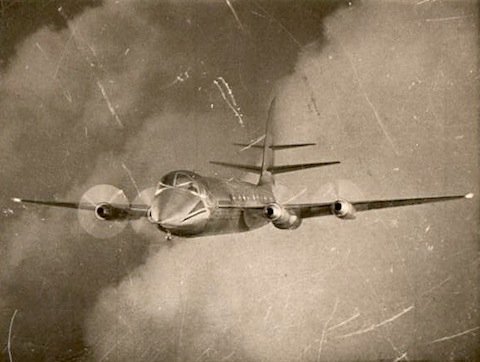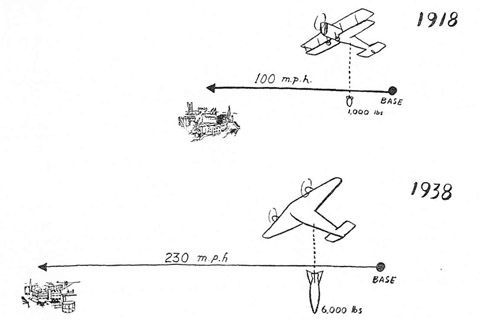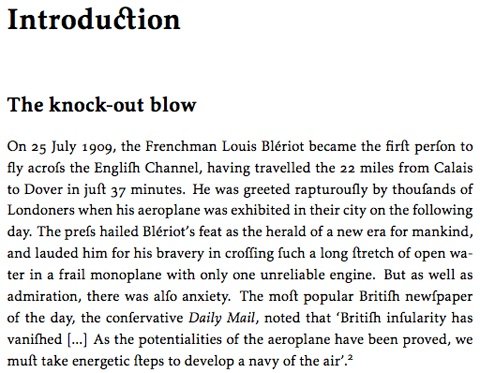
A recent comment by J Campbell raised the question of whether Nevil Shute's 1949 novel No Highway was in fact a prediction of the De Havilland Comet airliner's metal fatigue problems, which led to two crashes ('hull losses', in industry parlance) in 1954. My response was that it seemed unlikely that Shute had any particular insider knowledge which could have led to such a prediction (made before the prototype had even flown) given that he had already been out of the aircraft manufacturing business for some years. (And if he did have reason to think that the Comet would have metal fatigue, why not warn de Havilland instead of writing a novel?) My own suggestion was that instead No Highway might have been loosely inspired by the R101 disaster back in 1930, a formative moment in Shute's life. Having read the novel now, I don't have any actual evidence for this, but there is an intriguing additional parallel which may have been overlooked (or not, I'm no Shute scholar).
In Shute's novel -- spoilers ahead -- the tailplane of the (fictional) Rutland Reindeer (seen above, from the 1951 film version No Highway In The Sky) is believed by an RAE scientist named Theodore Honey to be susceptible to metal fatigue. The story revolves around the efforts of Honey and Scott, his superior at Farnborough, to prove that an earlier Reindeer crash was due to metal fatigue and so ground the Reindeer fleet before disaster strikes. The obstacles include a slapdash investigation of the previous accident, entrenched interests at the Reindeer's manufacturer Rutland and its operator CATO, the (also fictional) Commonwealth Atlantic Transport Organisation, the novelty of Honey's fatigue theory (inspired by recent advances in nuclear physics!), and Honey's own diffident character and his eclectic interests, including pyramidology, British Israelism, the Second Coming (predicted for 1994), interplanetary rocket travel and spiritualism. Of which more in a moment.
...continue reading



